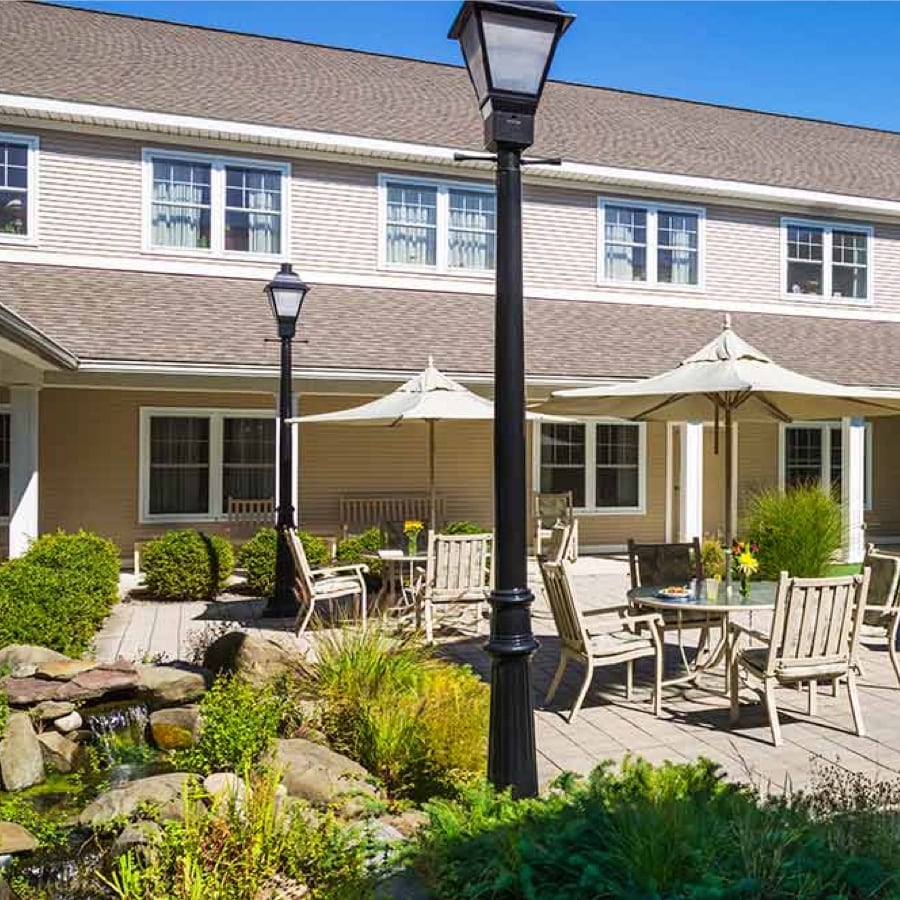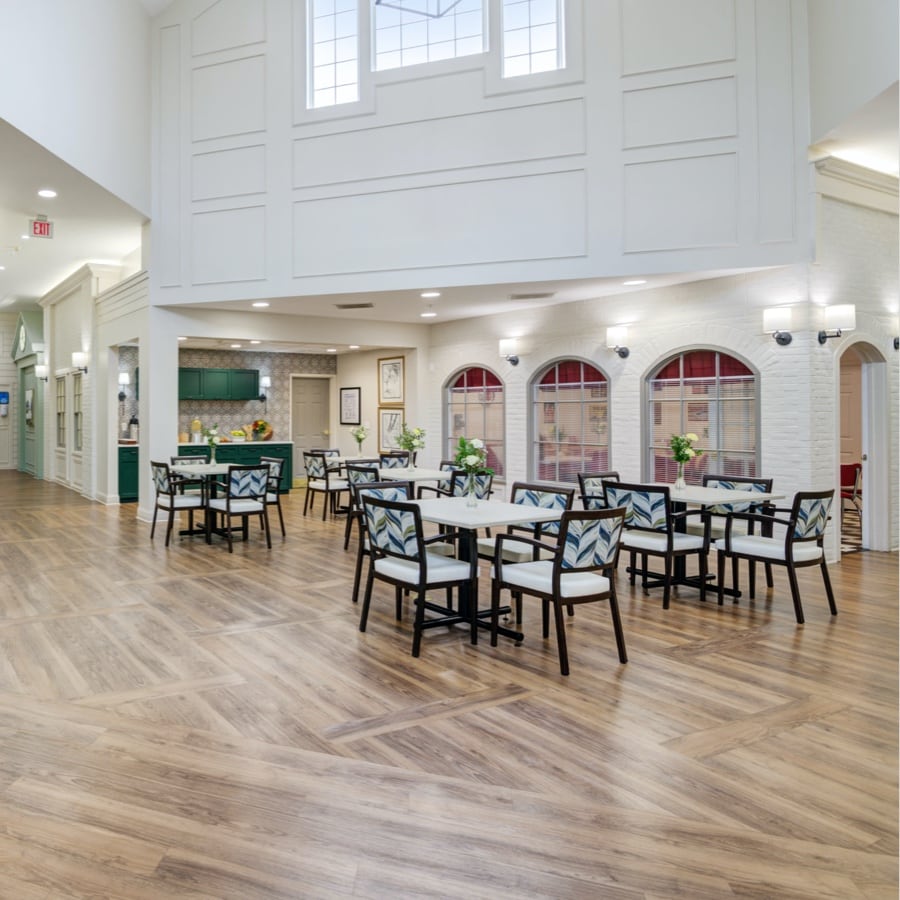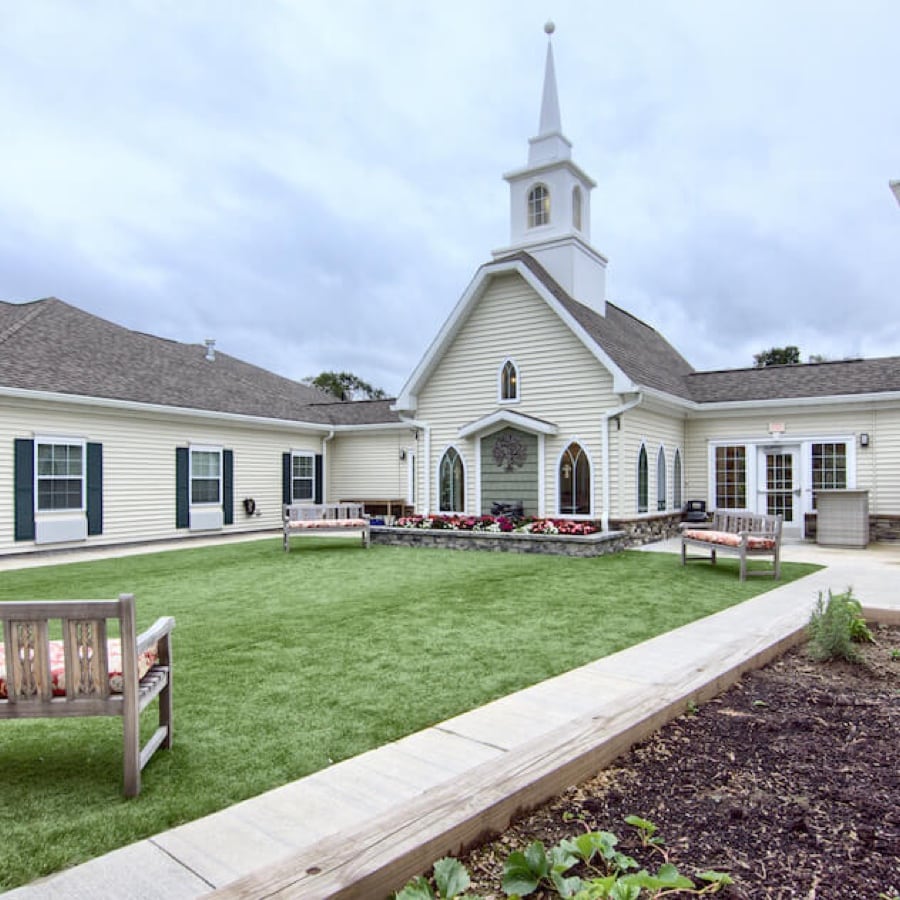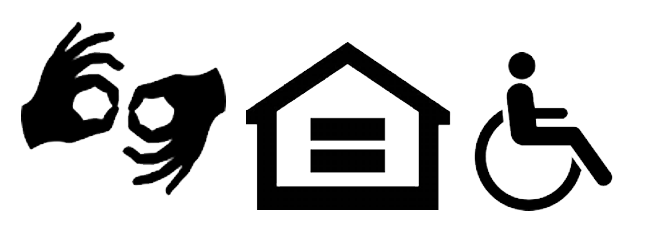In times past, chicken soup might have been the prescription for avoiding a virus and staying healthy. COVID-19 has created a whole new reality. These days, being able to control infections requires continuous attention to sanitation, social distancing, proper cleaning methods and more. This is especially true in senior living, where being in control of infections is critical to the health of residents, family members, staff and visitors alike.
Staying current with state and local health codes is key. Things change quickly, and it’s vital for a senior living community to be in constant communication with health authorities for the latest guidelines in order to maintain an effective plan for cleanliness and visitation.
At Peregrine, we regularly review any changes or updates in procedures or safety features mandated by state and local health officials.
Controlling infections in senior living
The Environmental Protection Agency offers the following guidance:
- Coronaviruses on surfaces and objects naturally die within hours to days. Warmer temperatures and exposure to sunlight will reduce the time the virus survives on surfaces and objects.
- Normal routine cleaning with soap and water removes germs and dirt from surfaces. It lowers the risk of spreading COVID-19 infection.
- Disinfectants kill germs on surfaces. By killing germs on a surface after cleaning, you can further lower the risk of spreading infection. EPA-approved disinfectants are an important part of reducing the risk of exposure to COVID-19.
In senior living, we know that everyone plays a role in controlling infections. That includes every staff member, every resident, family member, health care worker and visitor. Thus, any preparedness plan in a senior living community today must consider the actions of each person, in order to help control infections.
Staff
According to the Agency for Healthcare Research and Quality, following specific practices can help a staff person in a senior living environment control infection:
- Cleaning hands with an alcohol-based hand rub or soap and water
- Wearing gloves and other personal protective equipment
- Keeping the environment clean and properly disinfecting surfaces and medical equipment
- Handling waste safely
- Avoiding touching face
- Covering mouths and noses when sneezing or coughing
- Not coming to work when sick
- Staying up to date on all recommended vaccinations
- Practicing standard precautions for all residents
Residents
- Cleaning hands before meals and after bathroom activities
- Covering their mouths and noses when sneezing or coughing
- Maintaining personal hygiene, including oral care
- Taking all recommended vaccines
- Eating healthy foods
- Staying hydrated
- Getting enough rest
Visitors
Today’s senior living communities are regularly reviewing visitation plans and adjusting when needed following guidelines from The Centers for Disease Control and Prevention. For example:
- Most senior living communities are stipulating that anyone who has had contact with someone with symptoms of Covid-19 in the last 14 days (or who has been diagnosed with Covid-19) to not visit the community. Instead of visiting in person, the visitor is urged to communicate via video chat, email, phone calls, cards and letters.
- If visiting is currently permitted by the community, each person must follow that community’s specific guidelines for wearing a mask and socially distancing. Today’s senior living communities are creating new, safer avenues for gathering with friends and family, through outdoor activities and events for example.
Clearing the air; cleaning the surfaces
Webmd.com reminds us that the coronavirus can be spread:
- Through droplets or aerosols (when a person coughs, sneezes, etc.)
- Airborne (virus can live in the air up to 3 hours)
- Surfaces (virus can live on surfaces for 2 to 3 days)
Thus, today’s senior living communities are making sure their preparedness plan is covering all the bases in order to help control infections.
- Improved ventilation
More and more senior living communities are finding ways to get better airflow indoors, whether it’s upgrading their HVAC system, using more fans, or simply opening more windows. Dr. Alondra Nelson, head of the White House Office of Science and Technology Policy and Deputy Assistant to the President, reports research that shows changing the air in a room multiple times an hour with filtered or clean outdoor air can reduce the risk of COVID-19 transmission.In fact, changing the air in a room five times in one hour can reduce transmission risk by 50 percent—not to mention it also reduces the risk of getting other airborne illnesses, such as the flu or common cold. - Continuous Cleaning
Routine cleaning and disinfecting are an important part of reducing the risk of exposure to COVID-19. In fact, routine cleaning with soap and water alone can reduce risk of exposure and is a necessary step before disinfecting dirty surfaces. Today’s senior living communities understand the importance of smart, continuous cleaning of the entire community, especially in high-traffic areas. Anywhere residents and family members greet, dine, socialize or gather for any reason are being cleaned on a continuous basis.
The health and well-being of every person in a senior living community is of the highest concern. At Peregrine, we want you to know we are remaining vigilant in our commitment to ensure a living environment that surpasses expectations in every possible way. We invite you to learn more.
We are changing expectations of the aging process. Let’s celebrate life together! Contact us today to learn more, and please download the free guide, The Complete Guide to Choosing Between Senior Living Options. We are here to help you!











